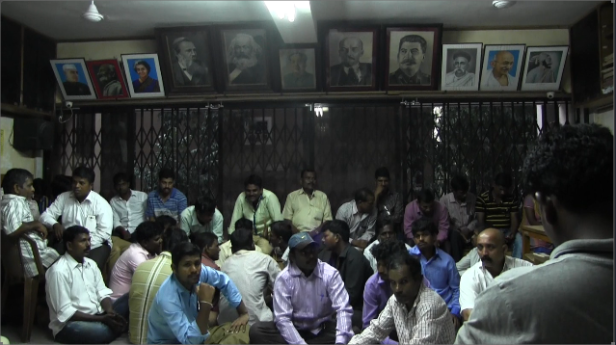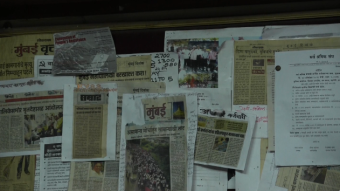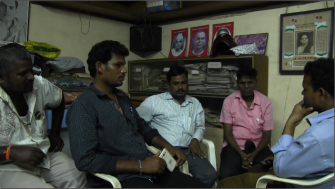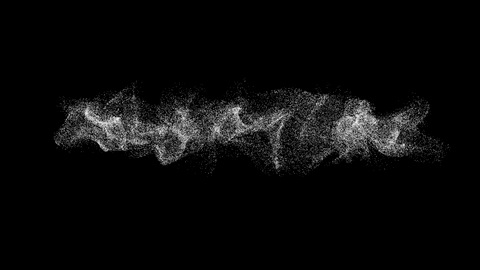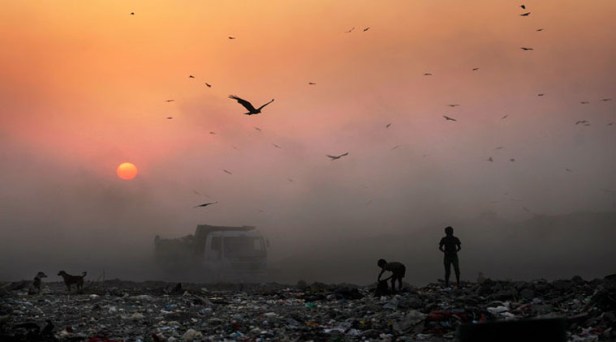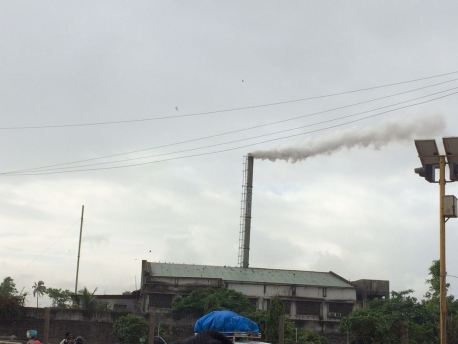Films presented on this page have been produced by independent filmmakers, research and educational institutions on themes around waste.
Buddha Weeps in Jadugoda
Synopsis:
In Jadugoda the activities of mining, milling and tailing-dam by the Uranium Corporation of India Limited, have deposited radioactive waste into the rice fields owned by the Adivasi people of the Singhbhum district of Jharkhand. The Adivasi have unknowingly utilized the water and land in these areas. This film documents the painful experience of the people of Jadugoda as the impact of thirty years of radiation dumping begins to manifest itself in the form of disabilities, congenital defects in new born, cancer and other diseases.
Get Up, Stand Up
Synopsis:
It is a documentary on Kudankulam people’s movement against nuclear energy. The documentary, ‘Get Up, Stand Up’ is in some ways, an answer to many of the myths surrounding the nuclear power projects, the world over. Though this film is set particularly in the back drop of the Kudankulam Nuclear Power Project and the people’s struggle against it, it raises almost all of the questions regarding the safety of nuclear plants, development and its imposition on a people, alternate sources of energy and their contribution to the total energy needs, the lack of scientific know-how in disposing nuclear waste, the dependence on foreign resources in the running of a nuclear power plant anywhere in the Third World countries, the ups and downs of the People’s Movement Against Nuclear Energy (PMANE), in Kudankulam etc.
Radiation Stories, Part I: Manavalakurichi
Synopsis:
Lush green ambiance of Kanyakumari district, in southern India conceals the artificially created radioactive sand dunes and large number of radiation related illness and deaths. Trucks carry around radioactive sand across villages and towns throughout the day and night. Ponds, rivers, plants, trees, our crew and shooting equipment all can be possibly radioactive. Even this documentary can be radioactive. Some call it natural radiation. Some call it man-made radiation. But there is radiation; for sure.
Radiation Stories, Part II: Kalpakkam
Synopsis:
Dr. Pugalendi, a brave warrior against nuclear energy has been fighting a battle against nuclear establishment of Kalpakkam for the past 20 years. When the famous scientists of this country are claiming that nuclear energy is safe, Dr.Pugalendi’s argument can give us the suppressed version of the story.
Radiation Stories, Part III: Koodankulam
Synopsis:
The people’s movement against Koodankulam nuclear plant is over 20 years old. After Fukushima, the movement gained momentum in and around Koodankulam and Idinthakarai villages, due to the test run conducted by nuclear authorities of Koodankulam. This brought in the inland farmers, workers, small traders and lower middle salaried class to the struggle along with the fishing community. When the Government and the media are trying hard to malign and harass the people’s struggle which is local, independent, non-violent and democratic, the film tries to capture moments of the struggle that can give us a perspective which reflects the movement’s point of view.
Notes from the Crematorium
Synopsis:
The film introduces viewers to the world of undertakers, a community that is only remembered in the event of death. They know everything about caring for the dead and treat the dead as their own. They fulfil an important social need, but are among the lowest in the caste hierarchy. They have problems, needs and expectations, but nobody is interested, apart from the dead.
Faecal Attraction
Synopsis:
Faecal Attraction is about the absurd relationship between rich people’s shit and poor people’s water. Most rivers in India have turned into sewage canals. The stretches passing through cities are the worst off. What the urban middle class is most bothered about is the lost beauty of these rivers. So urban authorities evict poor people living in ‘illegal’ shanties by the rivers or they build expensive sewage treatment plants to clean the rivers. But nothing works. This comes at a cost. Poor people get very little water, mostly unsafe, and pay more for it in the bargain. They do not get sanitation cover and pay a heavy price in terms of health.
Poorna Chakra/Full Circle
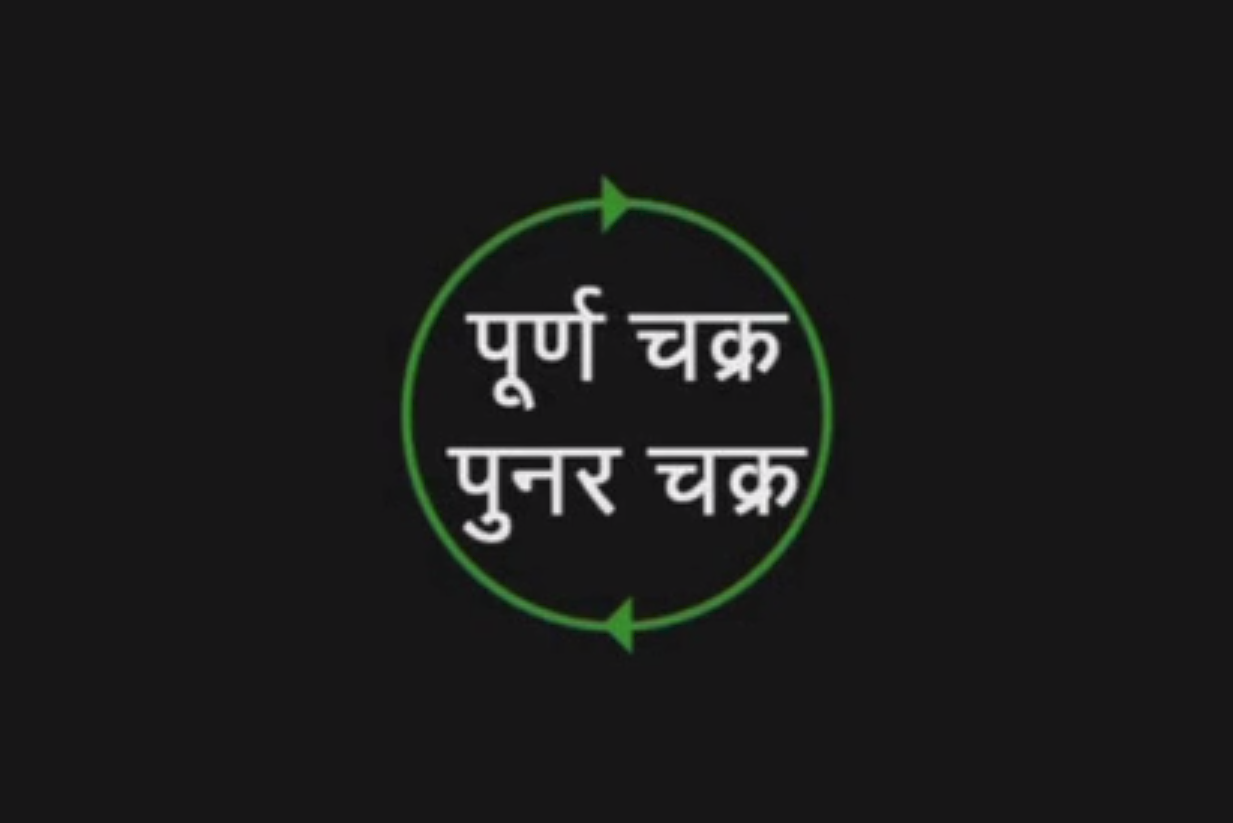
View this movie at cultureunplugged.com
Synopsis:
Poorna Chakra/Full Circle is a thought-provoking documentary about the women of Pune, India working with the recycling co-operative SWaCH. It discusses how their work impacts their lives and the environment around them and how they have bettered their lives and the chances their children have for a better future, by organizing.
Q to P
Synopsis:
Who is dreaming up the global city? ‘Q2P’ peers through the dream of a futuristic Mumbai and finds… public toilets… not enough of them. As this film observes who has to queue to pee, we begin to understand the imagination of gender that underlies the city’s shape and the constantly shifting boundaries between public and private space. We meet whimsical people with novel ideas of social change, which thrive with mixed results. We learn of small acts of survival that people in the city’s bottom half cobble together. In the Museum of Toilets, at a night concert, in a New Delhi “international toilet”, in a Bombay slum, we hear the silence that surrounds toilets and sense how similar it is to the silence that surrounds inequality. The toilet becomes a riddle with many answers and some of those answers are questions – about gender, about class, about caste and most of all about space, urban development and the twisted myth of the global metropolis.
Into the Graveyard
Synopsis:
Into the graveyard is a 20 minute film on the ship breaking yards of Mumbai and Alang, Gujarat of India. The documentary film by the Mumbai Port Trust Dock and General Employees Union (MPTDGEU) shows the daily struggle and extremely poor working conditions of the workers in these ship breaking yards.Scrapping ships is one of the most work-intensive and dangerous jobs and probably the worst for metalworkers around the world. In Alang, 194 workers lost their lives in the ship breaking yards in the last two years alone.
Can’t Take This Shit Anymore
Synopsis:
Vinod Kapri’s bluntly titled Can’t Take This Shit Anymore has won the National Award in the Best Film on Social Issues category. The 51-minute documentary follows the widely reported incident of six women from Kheisha village in Uttar Pradesh’s Kushinagar district who fled their marital homes and returned to their parents because of the absence of toilets.
Our Metropolis
Synopsis:
“Bangalore is being refashioned as a ‘world-class’ metropolis. Livelihoods and homes make way for flyovers, glitzy malls and a shiny Metro. Threatened with violent transformation of their city, residents confront the authorities. Beneath the State’s ideal of a ‘global’ city lurks the intent to clear a pasture for big business.
The film captures the city from 2008-2013, a period of dramatic transformation: the building of the Metro; mushrooming of swanky malls and gated communities; destruction of homes, livelihoods and shrinking green cover. Many felt that the State had ignored social justice, environmental concerns and basic principles of democratic governance in its haste to build a global city. Consequently this period witnessed escalated conflict between authorities and city residents.”
Waste
Synopsis:
Filmed over a period of eight months in Dharavi, ‘Waste’ explores the importance of the rag pickers’ role in managing the city’s waste and the challenges that these people face every day. The film follows three adolescent rag pickers, Sameer, Santosh, and Salman, as they go about their daily lives and interviews other rag pickers and residents of Dharavi in the process. ‘Waste’ leaves a powerful impact on its audience and prompts viewers to rethink the way they use and dispose of trash. The film continues to be screened at various schools and events to bring attention to the living conditions of rag pickers and to help audiences gain perspective on how their patterns of consumption impact the environment.
The Rat Race
Synopsis:
“The Rat Race’ winds its way through the grimy underbelly of Mumbai, through dimly lit alleys and crowded markets to tell the story of the city’s rat killers. Home to 14 million people and 84 million rats competing for the same space and resources! ‘The Rat Race’ is a moving true life account of the city’s rat killers who set out every night armed with a torch and stick to bring back the carcasses of 30 rats.
As the rat killer stalks the sidewalks of Mumbai above him looms chrome buildings that are the landscape of the future and below him are trails of garbage and refuse. To earn his daily wage and secure a brighter future for his children, he wages the most primitive battle between man and animal with the most basic of implements. Why such gruesome methods? Would not fumigation or poison be more humane? But how does one fumigate spaces swarming with rats and humanity? And how does one use poison where rodents and people forage for food?”
Kakkoos
Synopsis:
The Unknown and Untold story of Manual scavengers.
